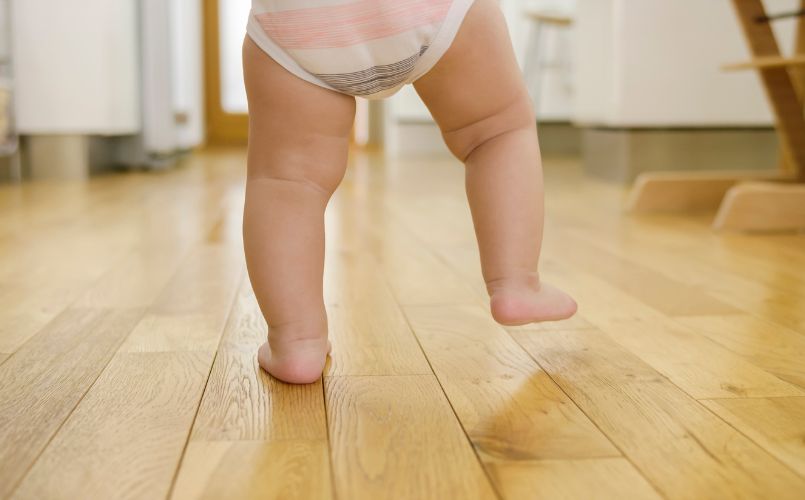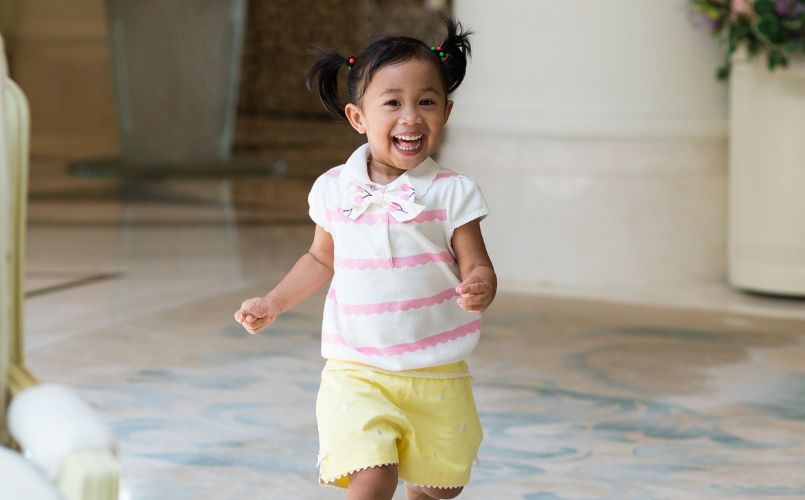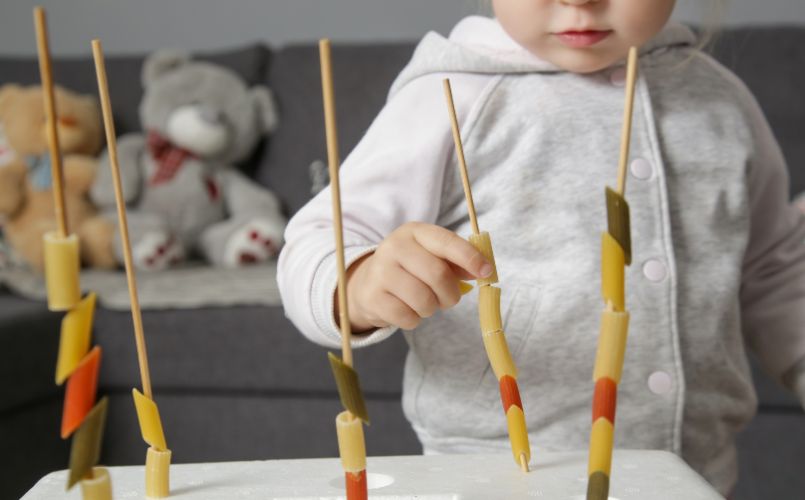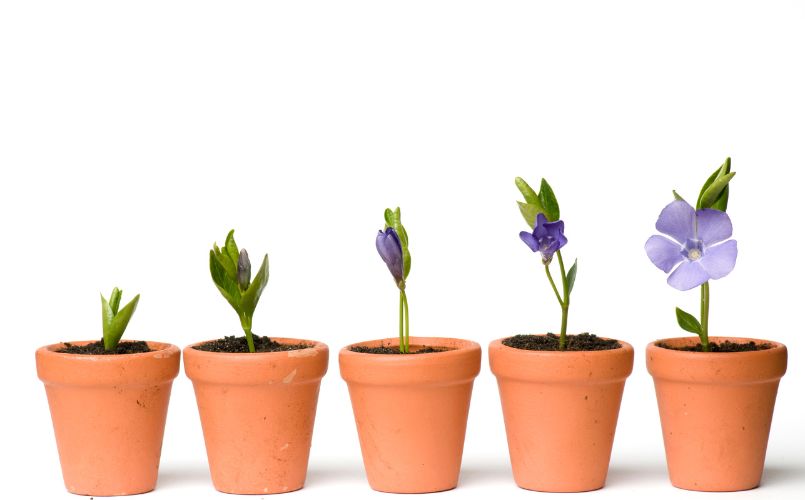The toddler years are a whirlwind of growth and development, with physical milestones painting a vivid picture of this transformative phase. As parents and caregivers, observing a child’s journey from taking their first shaky steps to confidently running around the playground is nothing short of awe-inspiring. This period, brimming with developmental leaps, lays the foundation for a child’s physical abilities and coordination.
At the heart of this developmental saga are key milestones like walking, running, and the refinement of fine motor skills. These aren’t just physical achievements; they’re gateways to independence, exploration, and learning. Walking, for instance, opens a new world for a toddler to explore, enhancing their curiosity and interaction with their surroundings. Similarly, the development of fine motor skills is crucial as it directly ties into a child’s ability to perform tasks that require hand-eye coordination, like drawing or handling small objects.
The role of parents and caregivers in this stage cannot be overstated. It’s a delicate balance of providing support, ensuring safety, and knowing when to step back and let the child explore. The way a toddler is encouraged, the environment they’re exposed to, and the activities they engage in, all play pivotal roles in their physical development.
However, it’s important to remember that each child’s developmental timeline is unique. Comparing one toddler’s progress to another’s can lead to unnecessary worry or misplaced expectations. The key is to focus on providing a nurturing, safe, and stimulating environment that allows them to develop at their own pace.
The Journey of Walking: From First Steps to Confident Strides

Walking, a monumental milestone in a toddler’s life, is a testament to their growing independence and physical prowess. This developmental leap typically unfolds around the first year, a period marked by eager anticipation and excitement for parents. But the journey from those initial, tentative steps to assured, confident strides is a complex dance of physical growth, neurological development, and environmental interaction.
In the early stages, parents might notice their toddler pulling themselves up and ‘cruising’ along furniture. These are the precursors to walking, as they strengthen the necessary muscles and develop balance. While some toddlers may take their first steps as early as nine months, others might not walk until they are over a year old. This variation is a normal part of child development, influenced by factors like genetics, muscle strength, and overall health.
When a child does start to walk, it’s often a mix of excitement and a little unsteadiness. Their early steps may be wide-based and wobbly, as they learn to coordinate and balance their body. During this time, it’s crucial for caregivers to provide a safe environment, free of sharp objects and with ample space for practice. Child-proofing the house becomes essential, as newfound mobility means toddlers can quickly find their way into previously inaccessible areas.
Encouraging walking can be as simple as holding a child’s hands and helping them take steps or placing enticing toys just out of reach to motivate movement. However, it’s also important not to rush this process. Walking aids like walkers are often discouraged by pediatricians due to safety concerns and the potential for developmental delays in learning to walk independently.
As the child’s confidence grows, so will their walking skills. Parents will observe a gradual transition to a more mature gait, with the toddler starting to walk more rhythmically and with better coordination. This phase is also when they start experimenting with different speeds and directions, truly exploring the capabilities of their newfound mobility.
Engaging in regular physical play can greatly enhance a toddler’s walking skills. Activities like walking on different surfaces, gentle climbing, or navigating through simple obstacle courses can provide both fun and developmentally appropriate challenges. It’s not just about the physical act of walking; it’s about exploring the world in a whole new way.
Running: The Adventurous Leap Forward in Toddlerhood

As toddlers become more comfortable and confident in their walking abilities, they soon embark on the next exhilarating phase: running. This progression typically occurs around the age of 18 to 24 months, marking a significant leap in their physical and motor skill development. Running, in its essence, is a series of rapid, controlled falls, a skill that requires advanced balance, coordination, and strength compared to walking.
In the initial stages of running, a toddler’s movements might appear more like a hurried, unsteady walk. Their arms might flail for balance, and their steps can be uneven. This is a natural part of the learning process, as their bodies adapt to the new demands of running. During this period, the role of the caregiver is twofold: ensuring safety and providing encouragement. Creating a safe, open space where toddlers can practice running without the risk of serious injury is crucial. It’s also beneficial to encourage them with positive reinforcement, celebrating their efforts and progress, no matter how small.
As they hone their running skills, toddlers also develop other physical attributes. Their leg muscles strengthen, their stamina increases, and their overall coordination improves. Running enhances their ability to judge distance and speed, skills that are essential for navigating their environment more effectively.
To support this development, caregivers can introduce various activities that promote running. Simple games like tag or encouraging them to chase bubbles can be both fun and beneficial. Setting up mini races or obstacle courses can also provide a playful yet challenging environment for toddlers to refine their running skills.
However, with increased mobility comes the need for heightened supervision. Toddlers may not yet fully understand the concepts of danger or caution, making them more prone to accidents. It’s essential for caregivers to keep a watchful eye, especially in environments where there could be potential hazards.
It’s important to remember that, like walking, the pace at which children develop running skills can vary greatly. Some may take to it quickly, while others may take longer to feel comfortable and confident. Patience and understanding from caregivers are key during this stage, as they provide the support and encouragement necessary for toddlers to thrive in their physical development.
Fine Motor Skills: The Building Blocks of Dexterity

While the dramatic leaps in walking and running are easily noticed, the development of fine motor skills in toddlers is a more subtle, yet equally significant, aspect of their growth. These skills involve the use of smaller muscle groups, particularly in the hands and fingers, and are crucial for tasks requiring precision and coordination. The development of fine motor skills typically begins to intensify around the age of 18 months and continues to refine well into early childhood.
During this phase, toddlers learn to manipulate objects with increasing skill. This could be seen in activities like stacking blocks, turning pages in a book, or grasping a crayon. These seemingly simple actions are, in fact, complex achievements that involve a range of skills such as hand-eye coordination, muscle strength, and cognitive understanding.
One of the first signs of developing fine motor skills is the ability to grasp objects. Initially, toddlers may use their whole hand, but gradually, they start using their fingers in a more coordinated manner. This is often referred to as the pincer grasp, where they use their thumb and one finger, typically the index, to pick up small items. This skill is foundational for later tasks such as writing, buttoning clothes, or using utensils.
To support this development, caregivers can introduce a variety of activities and toys that encourage the use of fine motor skills. Puzzles, playdough, drawing, and threading beads are excellent for promoting dexterity and hand-eye coordination. These activities not only aid in physical development but also provide opportunities for creativity and problem-solving.
However, it’s important for caregivers to be mindful of the frustration that can accompany learning these new skills. Some toddlers may show signs of impatience or lack of interest in activities that challenge their fine motor skills. It’s vital to approach these moments with patience and encouragement, offering help when needed but also allowing room for the child to experiment and learn at their own pace.
The development of fine motor skills is not just about preparing for practical life tasks; it’s about laying the groundwork for a child’s independence and self-expression. Whether it’s the triumphant moment of successfully stacking a tower of blocks or the joy of scribbling a colorful drawing, these milestones represent significant steps in a toddler’s journey of growth and exploration.
A Holistic Approach to Physical Development in Toddlers
As we’ve explored the dynamic realms of walking, running, and the development of fine motor skills, it becomes clear that the physical growth of toddlers is a multifaceted and deeply impactful aspect of their early years. This journey is not just about achieving milestones; it’s about nurturing a child’s overall development, encompassing physical, cognitive, and emotional growth.
The physical milestones in toddlerhood – from the first unsteady steps to the confident stride, from the exuberant burst into running to the delicate mastery of fine motor skills – are more than developmental checkmarks. They are opportunities for exploration, learning, and bonding. Each step, each run, each grasp is a discovery, an assertion of independence, and a building block for future skills.
For caregivers, the key lies in providing a supportive and safe environment that encourages this growth while respecting the child’s individual pace. It’s about being there to hold their hand as they take their first steps, cheering them on as they dash across the room, and offering a gentle guide as they navigate the intricacies of fine motor tasks. The role of parents and caregivers is pivotal, not just in ensuring physical safety but in fostering an atmosphere of patience, encouragement, and joy in these developmental triumphs.
It’s also essential to recognize that each child’s journey is unique. While developmental guidelines offer a framework, they are just that – guidelines. The variance in the timing and manner of reaching these milestones is vast and perfectly normal. Embracing this diversity is crucial in providing the right support for each child’s individual needs.
The physical development of toddlers is an extraordinary journey, filled with challenges, achievements, and countless moments of wonder. As caregivers, our role is to support this journey with love, patience, and a keen understanding of the individual child’s needs and rhythms. By doing so, we lay a foundation not just for physical skills but for a lifetime of curiosity, confidence, and a love for learning and exploration.




